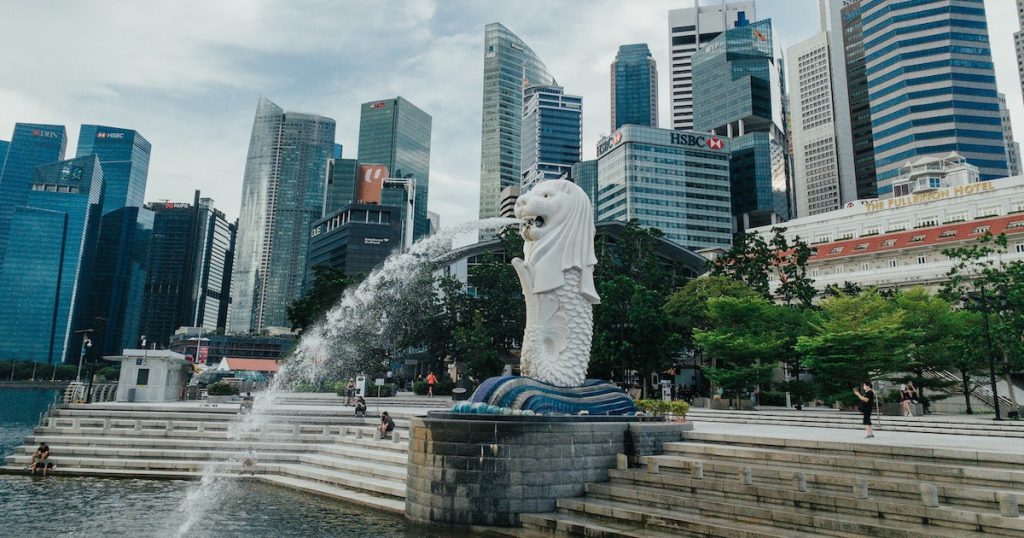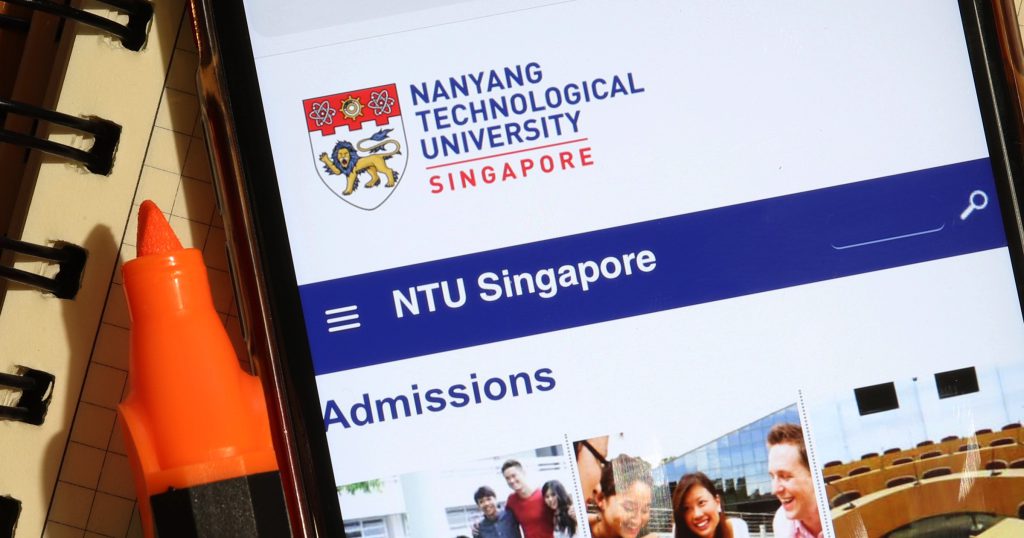While COVID-19 pandemic is associated with uncertainty, unemployment, ballooning debt and economic woes around the world, the small and still quite isolated city-state of Singapore is doing rather well.
So well, in fact, that 2021 was in many areas a record year for the country, proving its remarkable resilience. Here’s a review of its most notable achievements:
Record trade
As the world continued its rebound after the gloomy 2020, trade-oriented economy of Singapore was lifted by an enormous wave of global demand for goods. This has led to record figures of both exports and imports, rising by nearly 20 per cent over 2020 and 10 per cent over all-time high of 2018, to a total of S$1.16 trillion.

Unsurprisingly, as a result, Port of Singapore has handled a record number of 37.5 million containers, which has helped Singapore retain its top spot as the Leading Maritime City of the World for the fifth consecutive year, according to the Norwegian classification society, DNV, and Norwegian consultancy, Menon Economics AS.


Crucially, all categories of trade have gone up, including non-oil domestic exports in both electronics and non-electronics. The former is particularly interesting, given the global chip shortage and resulting investments announced in the city in response to the exploding demand.
After about 15 years of relative stability, they have jumped by around 50 per cent during the pandemic, reaching S$16 billion in December 2021 alone.

Singapore is not just a transshipment hub but a manufacturing one as well, with foreign investment pouring into the country, in spite of border closures.
(Almost) record investment
Speaking of investments, 2021 was an excellent year, following on the heels of a blowout 2020, which saw a record S$17.2 billion flowing into the city-state despite the raging pandemic.
2021 may seem trailing at S$11.8 billion, but it is still more than the S$8 to S$10 billion average targeted by the Economic Development Board annually.
Industries attracting most of the money were electronics (S$5 billion) and biomedical manufacturing (S$1.8 billion).
Over 67 per cent of the money came from the USA, followed by Europe at 13 per cent — i.e. the West is responsible for about 80 per cent of the outlay that is expected to create 17,000 well-aid PMET jobs in the next five years.
Record reserves
As I reported throughout the year, both Temasek and GIC posted historic results, buoyed by the stock market rallies (particularly in America).
Given Singapore’s reputation for stability and trust, money moved in promptly, surging demand for the SGD, allowing the Monetary Authority of Singapore to accumulate a record figure of S$566 billion in foreign reserves.
Since this exceeds 110 per cent of the country’s GDP, it would be a waste to not use the funds in excess of around 65 to 75 per cent to turn them into a profitable investment. As a result, a whopping S$185 billion is going to be transferred in tranches to GIC, adding to the S$250 billion that the fund is estimated to have gained by March 2021.
This is likely to take GIC’s assets under management (which may not be public can roughly be estimated) from around S$1 trillion to S$1.2 trillion in 2022, although the current bear market in stocks is likely to erode some value from the portfolio.
Record Net International Investment Position
One figure that is infrequently mentioned and yet is quite revealing about the economic status of the country is the Net International Investment Position (NIIP).
It’s simply a difference of all of the country’s public and private foreign liabilities and assets, determining whether the nation is a net debtor (i.e. it borrows more from the world than it is owed) or a net creditor (it lends and invests abroad).

As of 2021 Singapore has a surplus of foreign assets over liabilities of close to S$1.5 trillion or US$1.1 trillion (by comparison, the entire China reports a surplus of about S$2 trillion.) In proportion to GDP, Singapore is outranked only by Hong Kong (whose role, however, is dwindling in the pandemic and due to political reasons).
Record low of foreign arrivals
Sadly, not all of the records are positive, of course.
Due to border closures remaining in place, Singapore was visited by a paltry 300,000 people in 2021, the lowest on record, who left just S$1.9 billion – compared to 19 million visitors and S$27 billion in receipts in 2019.

In total, the tourism sector (and, by extension, the entire economy) has lost around S$50 billion in the past two years due to lack of foreign arrivals.
That’s why it’s rather remarkable that the country registered a…
Record GDP
Luckily, we can end this list on a positive note. While we still have to wait for final figures, at 7.2 per cent in real growth — the highest figure in a decade — GDP at current prices should land above the S$510 billion recorded in 2019.
You may think “so what, every country is posting very high rebounds in 2021 after the recession of 2020” – and that is, indeed, true.
But Singapore is not quite like every country in that it largely depends on its openness to the world. Alas, since the spring of 2020, it has been pretty much shut to it and lost approximately 200,000 people from its population of 5.7 million — both low and high end workers who are the victims of the pandemic.
With decimated tourism losing tens of billions of dollars in the past two years and hundreds of thousands of residents gone, there should still be a noticeable drop in GDP — and yet, it’s hard to find.
The economy is not only back on track, but it likely has already reached a pre-pandemic level comparable to 2019 — all of that while the borders remained almost completely closed throughout 2021.
And it’s visible not only in dry statistics, but local salaries as well — which have outpaced inflation, with the median rising to S$4,680 and on track to exceed S$4,800 in 2022 and S$5,000 in 2023.
With a likely resumption of intercontinental travel in 2022, as the Omicron variant appears to be considerably less dangerous, even if more infectious, Singapore should get a much needed boost of foreign visitors, and their money, elevating the economy even higher.
To top it all off, we have to remember that unlike every other country in the world, the little city-state didn’t have to borrow money to prop its economy up, but simply dipped its hand into the vast reserves, barely leaving a scratch on them (particularly as their overall value increased by far more than the government had to use).
After two years, it’s now clear that Singapore not only was the best prepared country going into this pandemic, but it also emerges one of the biggest winners as the world is nearing its end.
Join in us supporting the best homegrown brands. Shop now on VP Label:
Featured Image Credit: @shawnanggg via Unsplash










